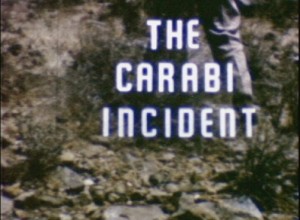
"Once again Harry W. Atwood has used the desert locales of the Southwest and his mastery of outdoor color filming to mount a dramatic and exciting action picture. Although The Carabi Incident is truly an incident rather than a full-fledged photoplay, it does manage to include an abandoned mine, a lost prospector, a worried young girl and her companion — and both a happy and a tragic ending! The production is enriched with Mr. Atwood's usually fine selection of camera angles and suspenseful editing. For these reviewers, however, an excess of dialog subtitles was a drag on the film's development." Movie Makers, Dec. 1952, 341.
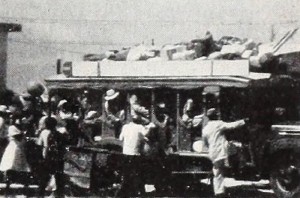
"Fifty-odd owners of small Cessna planes take off from Milwaukee in the dead of winter to pay a flying visit to the principal points of interest in Guatemala. Dr. Herman A. Heise has made a competent and consistently interesting record film of the journey, while his wife furnishes a bright, informal commentary. The capable filming is happily complemented by well-paced editing and a suitable scoring of native Guatemalan music. On occasion, however, a too matter-of-fact pictorial approach and a few over-precious details in the narrative detract slightly from the overall excellence of Caravan to Guatemala as a record film." Movie Makers, Dec. 1950, 466.
"An experimental abstraction of dancing patterns of a kaleidoscope. The colors, patterns, and designs change to the tempo of accompanying music. The mechanics of the kaleidoscope patterns appear to come from a triangular tunnel formed by three mirrors, with the camera at one end and the subject material at the other. At one point there appears either a glass rod or a bottle neck which adds to the fantasy of designs" PSA Journal, Oct. 1962, 34-35.
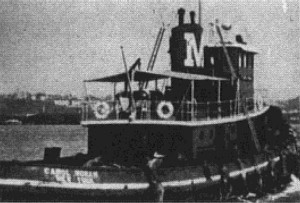
"There are establishing scenes of the tugboat Carol Moran at dock in New York Harbor. We move aboard for an acquaintance with the captain. A call via radio comes from the dispatcher and very quickly the tug puts out for deep water. We are on the boat and live with the crew the experiences of a routine assignment, each of which must be just a little different. There are many things to see on these assignments and our cameraman has time for us to look. Carol has safely brought her mistress to dock; mission completed, Carol returns to her berth to await the next call. We have been part of a cycle of duty complete with the sounds attendant such a venture" PSA Journal, Nov. 1960, 39.
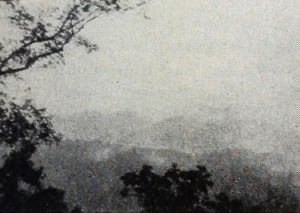
"If the lead title — Carolina Holiday — promises run-of-the-mill vacation footage, there is surely nothing else routine about this production. It is, rather, a rhapsody of color and a tone poem of contrasting moods, to which Henry K. Burns, jr., has brought fine technical skill and a perceptive eye for composition. Although rich in scenic beauty, his views are never static, for movement in a score of things — drifting fog, rustling leaves, an unexpected snow flurry — introduce animation unlooked for in the subject. An unfortunate commentary and hapless scoring (save toward the end) were detrimental to the film's achieving higher honors." Movie Makers, Dec. 1950, 466-467.
"Carousel is a colorful film that takes us on today's merry-go-round through an excellent editing job and the use of music. This 3 1/2 minute work of art is by Louis Grenier of Chicago" PSA Journal, Nov. 1969, 57.
"Charles and Robert Coles showed a fine knowledge of the use of filters in their twin subject, 'Cascade and World's Fair.' Also they showed a grasp of composition and camera angles that was refreshing." American Cinematographer, Dec. 1933, 342.
"Footage of scenic areas of Southern Utah with narration. Included are the 'Canyons of Fire,' wild flowers, hiking trails and the 'Fairy's Landing' at Bryce Canyon; Zion Canyon, the 'Great White Throne,' the 'Mountain of Mystery,' the 'Angel's Landing' and the Mt. Carmel highway at Zion National Park; and Navaho Lake at Cedar Breaks." University of Utah Marriott Library.
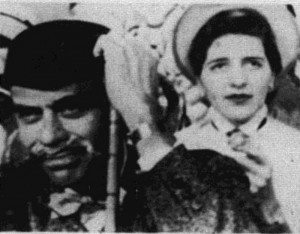
"A picturization of the famous poem of the same name. The film is cut to fit the stanzas of the poem and the final scene is Mudville's despair as the mighty Casey struck out." PSA Journal, Nov. 1956, 45.
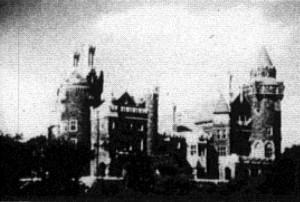
"Casa Loma (house on a hill) was built by Sir Henry Pellat in Toronto. The design includes many of the things he admired in the castles of Europe. Much of the interior was imported. In this magnificence, Sir Henry lived until he could no longer afford the mounting city taxes. Out filmer takes us through this old castle that we may relive some of its greatness. The picture was made for the Kiwanis Club which was so active in reclaiming Casa Loma for Toronto" PSA Journal, Oct. 1961, 47-48.
Total Pages: 203